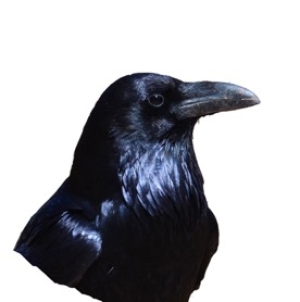Ecologist
Bio:
Dr. David Richards has been researching and working in the resource management arena throughout western North America ever since birds lost their teeth and just prior to the formation of the Rocky Mountains. David has studied all sorts of adorable critters from tiny zooplankton to midges to mollusks; from fishes to migratory waterbirds to endangered Puerto Rican parrots; from elk to grizzly bears, and all things intertwined. He and his colleagues have been conducting ecological and ecosystem function research in the Great Salt Lake drainage from headwater streams of Utah Lake, the Jordan River downstream into Farmington Bay for a mere decade or so. Dr. Richards earned several degrees from Montana State University including a BS in Fish and Wildlife Management, an MS in Entomology, an MS equivalent in Ecological Statistics, and Ph.D. in Ecology. With all of this ‘formal’ education and a professional career in natural resources spanning over half a century, not to mention never ending wanderings ‘back of beyond’, David considers himself a first order druid, licensed, sanctioned, and obligated to sit on any hilltop his skinny legs can lug him and philosophize on the science of ecology to any chickadee that cares to listen.
Title: Ecological Interactions of Midges and Waterbirds Effect Ecosystem Function in a Farmington Bay Sheetflow Wetland or What if the Seagull Shuffle is really what it’s all about
Abstract: Midge (Chironomid) larvae are the most dominant secondary producer in sheetflow wetlands of Farmington Bay and are truly ecosystem engineers. They are also the most important food resource for resident and migratory waterbirds in these wetlands. Waterbirds, particularly gulls are also unappreciated ecosystem engineers and through their feeding activities, what we call the Seagull Shuffle, and via excrement, alter habitat and primary production. These mutualistic positive feedback loops work in such implausibly unrecognizable ways that are unbeknownst to all but the most astute observer.
Our long-term research found that waterbirds selectively search for and feed on larger sized, late instar, red colored, high energy Chironomus sp. larvae compared to a lesser extent on larger size classes of the smaller nondescript Tanypus sp. larvae, the two most abundant midge taxa in our study area. These wetlands are some of the most productive in the world with median midge larvae secondary production = 13.6 g m-2 dry weight biomass (mean = 18.0 g m-2). Throughout much of the year there are more than enough midge larvae to meet waterbird daily energy intake, except in March/April and July through September when it appears that bird abundances are so great as to vastly reduce midge larvae biomass and available energy. Larval somatic energy production is directly related to water temperature and can exceed 10,000 MJ (mega joules) km-2 day-1 during summer months. In winter months, when almost all waterbirds are absent, midge larvae grow unhindered even at temperatures approaching 0 OC. Midge larvae total energy production and accumulation can exceed 200,000 MJ km-2 between December and February. By the time migratory waterbirds arrive in early Spring there is often enough midge larvae energy generated during Winter to meet the energy needs of roughly 10,000 American Avocets or 5,000 California Gulls for a month. These are but a few of the amazing findings generated by our research, much of which is critical to the continued development of our bioenergetic, foodweb, ecosystem function models for Farmington Bay. We will provide many more fun filled facts on what it’s really all about in these precious wetlands.

